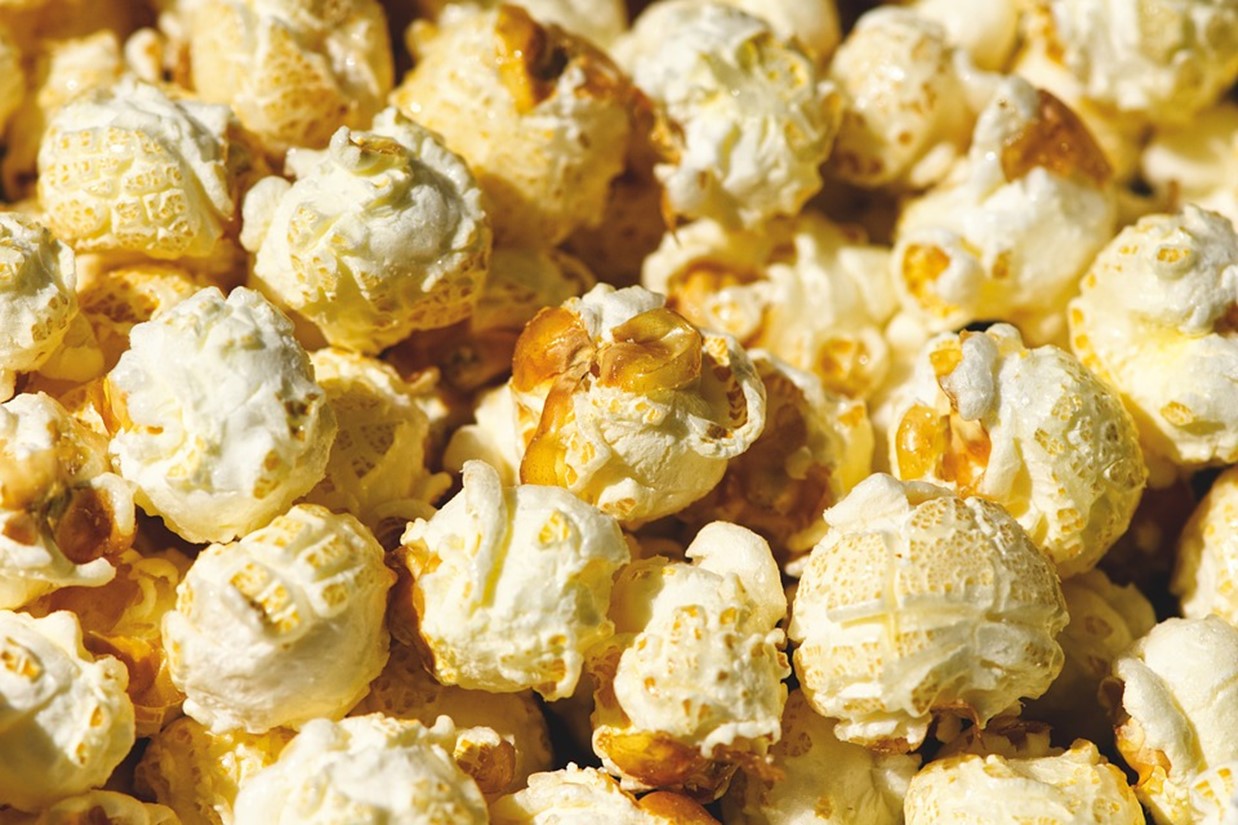Plant science at the dinner table: Popcorn
Popcorn is one of the most popular snack foods, has a long and flavorful history and is good for you.

October is National Popcorn Month, but National Popcorn Day is slated for Jan. 19, 2021. This makes no sense to me, but celebrating popcorn for an entire month and a bonus day in January is fine with me. Popcorn has become one of the most popular snack foods, and has a long, flavorful history and is good for you, too!
Popcorn, known as Zea mays everta, has been found in caves in Mexico and believed to have been eaten over 5,000 years ago. Archaeologists believe popcorn was the first corn enjoyed by humans.
Popcorn has a long history as a snack food, but its popularity really exploded after candy store owner Charles Cretors invented the first steam powered popcorn maker. This invention allowed popcorn vendors to roam the streets around the same time movies became a popular past time. Popcorn seemed to go hand-in-hand with movie theatres. Even today, half of the fun of going to the movies is to eat popcorn.
Popcorn’s popularity grew even more during the Great Depression. It was inexpensive but also became a secondary crop for many farmers throughout the Midwest. The leading growers of popcorn are Indiana, Nebraska, Ohio, Illinois, Iowa, Kentucky, Missouri and Michigan.
Popcorn has a thicker pericarp (hull) than other types of corn. When the popcorn is heated up, the starch inside the hull becomes gelatinous, and soon the hull bursts open from the pressure. The gelatinized starch spills out and gives popcorn its familiar shape.

Here are a few more fun facts about popcorn:
- Popcorn is a member of the grass family.
- Popcorn is pollinated by the wind; it has both male (tassels) and female (silks and ears) flowers on the same plant.
- Each silk has the potential to become a kernel of corn when pollinated. If the silk is not pollinated, there is an empty space on the ear known as a skip.
- For better pollination, plant popcorn in blocks rather than rows.
- There are two main types of popcorn: snowflake popcorn used in movie theatres because it looks and pops bigger, and mushroom popcorn used in candy confections because it doesn’t crumble.
- Popcorn is naturally low in fat and calories.
- Air-popped popcorn has only 30 calories per cup; oil-popped popcorn has only 35 calories per cup.
- When lightly buttered, popcorn contains about 80 calories per cup.
- Popcorn is a whole grain, making it a good-for-you food.
- 3 cups of popcorn equal one serving from the grain group.
- Popcorn provides energy-producing complex carbohydrates.
- Popcorn contains fiber, providing roughage the body needs in the daily diet.
- Popcorn has no artificial additives or preservatives and is sugar-free.
- Popcorn is ideal for between meal snacking since it satisfies and doesn't spoil the appetite.
- 2 tablespoons of kernels make about 1 quart of popped corn.
- Popping corn is the number one use of microwaves.
- The world’s record for the largest popcorn ball was recorded in 2015, weighing 6,510 pounds.
- Cracker Jack, a molasses-flavored caramel coated popcorn and peanut snack, was created by the Rueckheim brothers Fred and Louis from Germany in 1893 at the Chicago World’s Fair.
To learn more about popcorn, its history, stories and legends, how to store it and popcorn recipes, read “The Popcorn Book” by Tomie dePaola.



 Print
Print Email
Email







